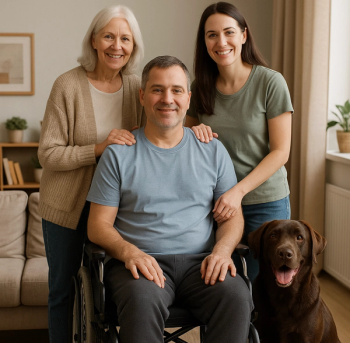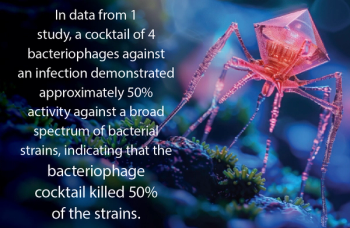
UV Light Aids Terminal Decontamination of Patient Rooms
Investigators from the Hospital of Saint Raphael and the Yale University School of Medicine found that a mobile ultraviolet light (UV-C) unit significantly reduced aerobic colony counts and C. difficile spores on contaminated surfaces in hospital patient rooms. Their research was published in the journal Infection Control and Hospital Epidemiology.
An automated mobile UV light unit that emits UV-C light was placed in 25 patient rooms after patient discharge and operated using a one- or two-stage procedure. Aerobic colony counts were calculated for each of five standardized high-touch surfaces in the rooms before and after UV light decontamination (UVLD). Clostridium difficile spore log reductions achieved were determined using a modification of the American Society for Testing and Materials (ASTM) International E2197 quantitative disk carrier test method. In-room ozone concentrations during UVLD were measured.
Boyce, et al. report that for the one-stage procedure, average aerobic colony counts for the five high-touch surfaces ranged from 10.6 to 98.2 colony-forming units (CFUs) per Dey/Engley (D/E) plate before UVLD and from 0.3 to 24.0 CFUs per D/E plate after UVLD, with significant reductions for all surfaces. Surfaces in direct line of sight were significantly more likely to yield negative culture results after UVLD than before UVLD. Average C. difficile spore log reductions ranged from 1.8 to 2.9. UVLD cycle times ranged from 34.2 to 100.1 minutes. For the two-stage procedure, average aerobic colony counts ranged from 10.0 to 89.2 CFUs per D/E plate before UVLD and were 0 CFUs per D/E plate after UVLD, with significant reductions for all high-touch surfaces. UVLD cycle times ranged from 72.1 to 146.3 minutes. In-room ozone concentrations during UVLD ranged from undetectable to 0.012 ppm. Reference: Boyce JM, Havill NL and Moore BA. Terminal Decontamination of Patient Rooms Using an Automated Mobile UV Light Unit. Infect Control Hosp Epidem. Vol. 32, No. 8. August 2011
Newsletter
Stay prepared and protected with Infection Control Today's newsletter, delivering essential updates, best practices, and expert insights for infection preventionists.






